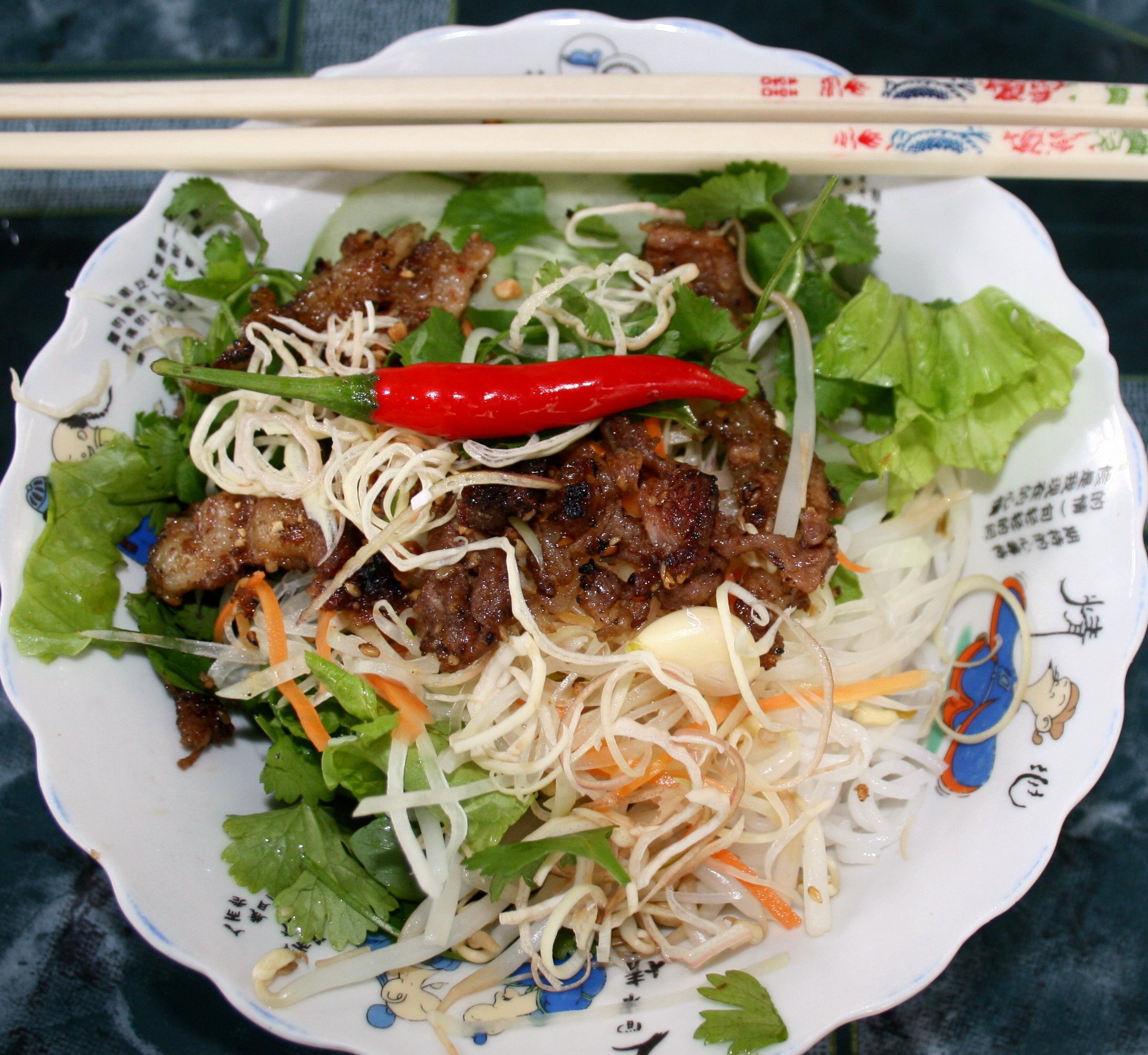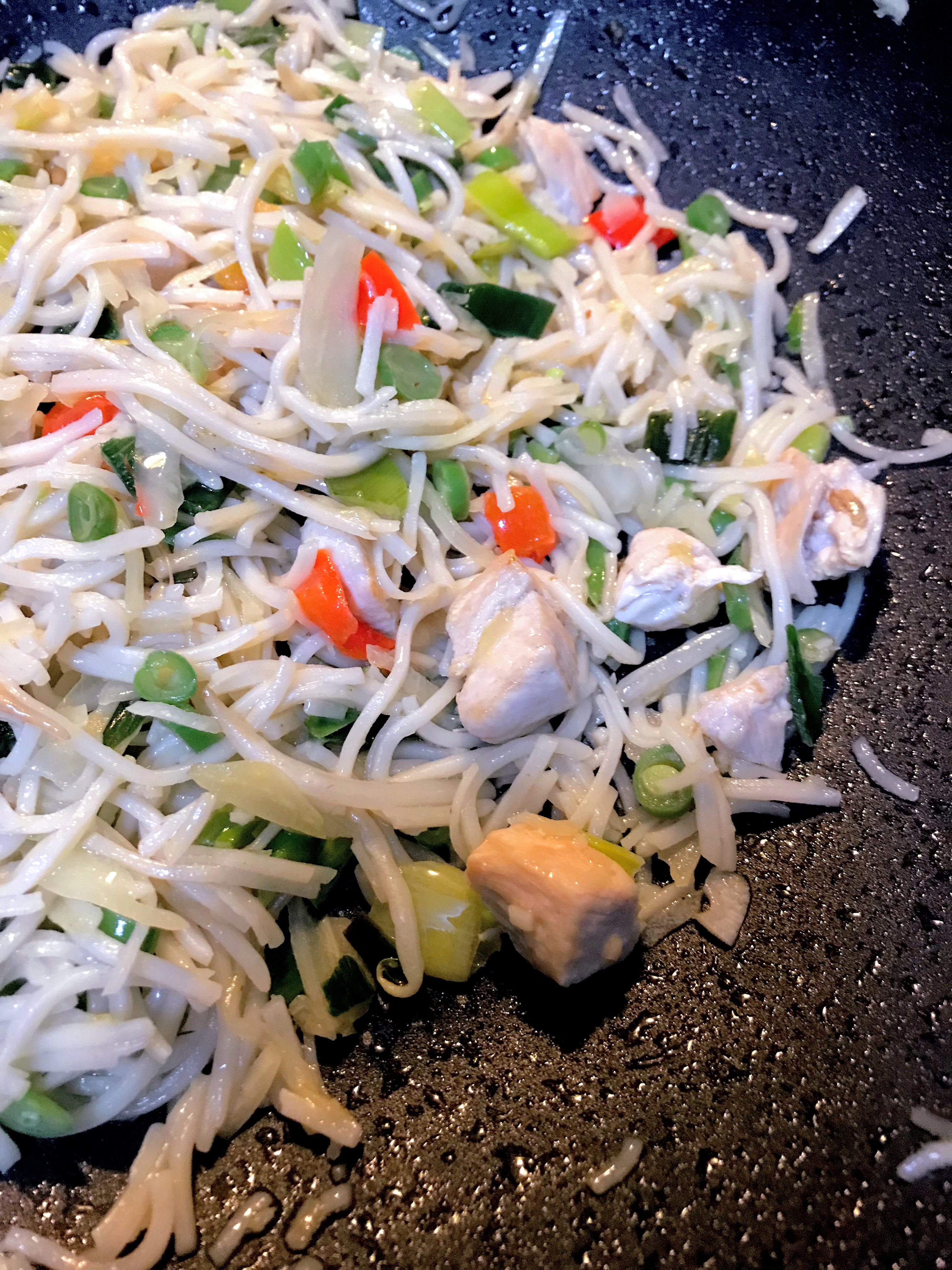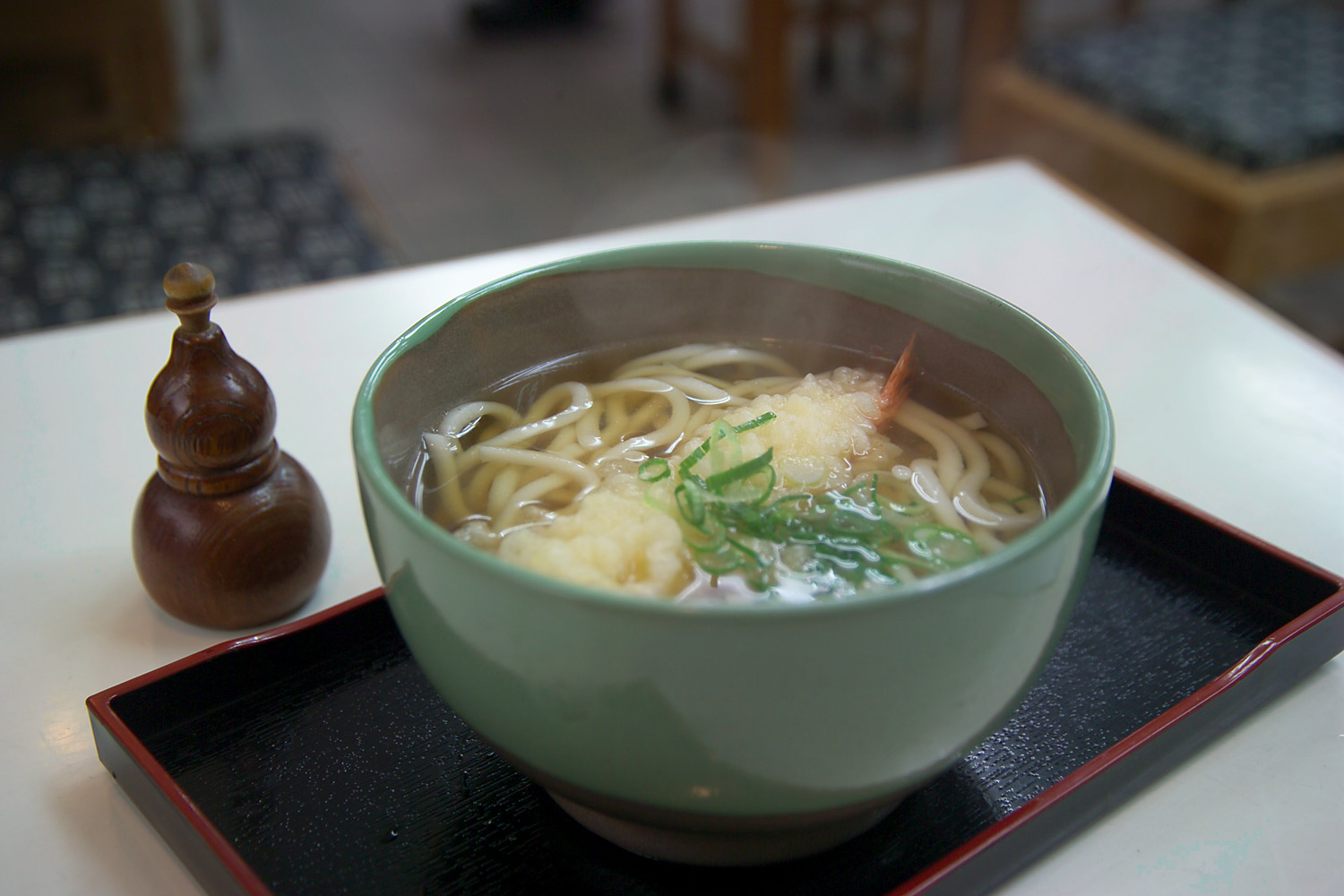|
Bánh Canh
''Bánh canh'' () are thick Vietnamese noodles that can be made from tapioca flour or a mixture of rice and tapioca flour. "Cake" refers to the thick sheet of uncooked dough from which the noodles are cut. *''Bánh canh cua'' – a rich, thick crab soup, often with the addition of quail eggs. *''Bánh canh bột lọc'' – a more translucent and chewy version of the noodle. *''Bánh canh chả cá'' – the dish includes fish cake and is popular in South Central Vietnam. *''Bánh canh giò heo tôm thịt'' – includes pork knuckles and shrimp. *''Bánh canh Trảng Bàng'' – ''bánh canh'' made in the southeastern Vietnamese town of Trảng Bàng, served with boiled pork, tapioca noodles, and local herbs. *''Bánh canh tôm'' – a shrimp-flavoured broth that is also mixed with coconut milk. The Vietnamese word ''bánh'' refers to items such as noodles or cakes that are made from flour, and ''canh'' means "soup." See also *''Udon'', Japanese noodles *'' Cu mian'', C ... [...More Info...] [...Related Items...] OR: [Wikipedia] [Google] [Baidu] |
:Category:Vietnamese Words And Phrases ...
{{Words and phrases W Words and phrases by language Words and phrases Words and phrases A word is a basic element of language that carries meaning, can be used on its own, and is uninterruptible. Despite the fact that language speakers often have an intuitive grasp of what a word is, there is no consensus among linguists on its d ... [...More Info...] [...Related Items...] OR: [Wikipedia] [Google] [Baidu] |
Bánh Canh Cua (Vietnamese Thick Noodle With Crab Soup)
In Vietnamese, the term ''bánh'' ( or , Chữ Nôm: 餅) translates loosely as "cake" or "bread", but refers to a wide variety of prepared foods that can easily be eaten by hands or chopsticks. With the addition of qualifying adjectives, ''bánh'' refers to a wide variety of sweet or savory, distinct cakes, buns, pastries, sandwiches, and other food items, which may be cooked by steaming, baking, frying, deep-frying, or boiling. Foods made from wheat flour or rice flour are generally called ''bánh'', but the term may also refer to certain varieties of noodle and fish cake dishes, such as ''bánh canh'' and ''bánh hỏi''. Each variety of ''bánh'' is designated by a descriptive word or phrase that follows the word ''bánh'', such as ''bánh bò'' () or ''bánh chuối'' (). ''Bánh'' that are wrapped in leaves before steaming are called ''bánh lá'' (). In Vietnamese, the term ' is not limited to Vietnamese cuisine: it applies equally to items as varied as fortune cooki ... [...More Info...] [...Related Items...] OR: [Wikipedia] [Google] [Baidu] |
Vietnamese Noodle Dishes
Vietnamese may refer to: * Something of, from, or related to Vietnam, a country in Southeast Asia * Vietnamese people, or Kinh people, a Southeast Asian ethnic group native to Vietnam ** Overseas Vietnamese, Vietnamese people living outside Vietnam within a diaspora * Vietnamese alphabet * Vietnamese cuisine * Vietnamese culture * Vietnamese language See also * Viennese (other) * List of Vietnamese people List of famous or notable Vietnamese people (''Người Việt'' or ''Người gốc Việt -'' Vietnamese or Vietnamese-descent). This list is incomplete. Art and design Fashion *Đặng Thị Minh Hạnh, fashion designer *Nguyễn Thù ... * {{disambiguation Language and nationality disambiguation pages ... [...More Info...] [...Related Items...] OR: [Wikipedia] [Google] [Baidu] |
Noodle Soups
Noodles are a type of food made from unleavened dough which is either rolled flat and cut, stretched, or extruded, into long strips or strings. Noodles are a staple food in many cultures and made into a variety of shapes. The most common noodles are those derived from either Chinese cuisine or Italian cuisine. Chinese noodles are known by a variety of different names, while Italian noodles are known as pasta. While long, thin strips may be the most common, many varieties of noodles are cut into waves, helices, tubes, strings, or shells, or folded over, or cut into other shapes. Noodles are usually cooked in boiling water, sometimes with cooking oil or salt added. They can also be steamed, pan-fried, deep-fried, or baked. Noodles are often served with an accompanying sauce or in a soup, the latter being known as noodle soup. Noodles can be refrigerated for short-term storage or dried and stored for future use. Etymology The word for noodles in English was borrowed in the 18 ... [...More Info...] [...Related Items...] OR: [Wikipedia] [Google] [Baidu] |
Vietnamese Soups
Soups in East Asian culture are eaten as one of the many main dishes in a meal or in some cases served straight with little adornment, particular attention is paid to the soups' stocks. In the case of some soups, the stock ingredients become part of the soup. They are usually based solely on broths and lacking in dairy products such as milk or cream. If thickened, the thickening usually consists of refined starches from Maize, corn or sweet potatoes. The quality of a savoury soup is determined mainly by its fragrance and umami or "''xian''" flavour, as well as, to a lesser extent, its mouthfeel. Many soups are eaten and drunk as much for their flavour as for their health benefits and touted for their purported revitalizing or invigorating effects. In Chinese language, noodle soups are generally considered a noodle dish instead of a soup, as evidenced by the fact that they are called "soup noodles" (湯麵), with 'soup' being an adjective, in contrast with "dry noodles" (乾麵 ... [...More Info...] [...Related Items...] OR: [Wikipedia] [Google] [Baidu] |
Lai Fun
Lai or LAI may refer to: Abbreviations * Austrian Latin America Institute (Österreichisches Lateinamerika-Institut) * ''Latin American Idol'', TV series * La Trobe University#La Trobe Institute, La Trobe Institute, Melbourne, Australia * Leaf area index, leaf area of a crop or vegetation per unit ground area * League against Imperialism, transnational anti-imperialist organization in the interwar period * Liga Atlética Interuniversitaria de Puerto Rico * Location area identity, Location Area Identity Transport * Laindon railway station, Essex, England (National Rail station code LAI) * Lannion – Côte de Granit Airport, Brittany, France (IATA airport code LAI) Places * Lai (state) (萊), 6th-century BC state in present-day Shandong, China *Bolyu language, also known as Lai * Laï, city in Chad * Lai, Iran (other), places in Iran * Lai, village in Lum Choar, Cambodia * ''Lai'', Romansch name for Lenzerheide, a village in Switzerland Surname * Lai (surname) 賴, � ... [...More Info...] [...Related Items...] OR: [Wikipedia] [Google] [Baidu] |
Rice Noodles
Rice noodles are noodles made with rice flour and water as the principal ingredients. Sometimes ingredients such as tapioca or corn starch are added in order to improve the transparency or increase the gelatinous and chewy texture of the noodles. Rice noodles are most common in the cuisines of China, India and Southeast Asia. They are available fresh, frozen, or dried, in various shapes, thicknesses and textures. Fresh noodles are also highly perishable; their shelf life may be just several days. History The origin of rice noodles dates back to China during the Qin dynasty when people from northern China invaded the south. Due to climatic conditions, the northern Chinese have traditionally preferred wheat and millet which grew in cold weather while the southern Chinese preferred rice which grew in hot weather. Noodles are traditionally made out of wheat and eaten throughout northern China so to adapt, northern cooks tried to prepare "noodles" using rice, thus inventing rice nood ... [...More Info...] [...Related Items...] OR: [Wikipedia] [Google] [Baidu] |
Shahe Fen
''Shahe fen'' (, also simply ''hor fun / he fen'' ) or ''guotiao'' (, also kway teow) is a type of wide Chinese noodle made from rice. It is often stir-fried with meat and/or vegetables in a dish called ''chao fen'' (炒粉; pinyin: chǎo fěn); it is also a main ingredient in '' char kway teow''. Names Shahe fen While ''shahe fen'' and ''he fen'' are transliterations based on Mandarin, there are numerous other transliterations based on Cantonese, which include ho fun, hofoen (a Dutch transliteration in Suriname), hor fun, sar hor fun, etc. Guotiao The word ''guǒtiáo'' literally means "ricecake strips". It is also read in Minnan Chinese as ''kóe-tiâu''; it is borrowed into the homophones kwetiau in Indonesia, ''kuetiau'' in Malaysian, and ''kway teow'' in Singapore. It is also called kuaitiao or guay tiew (ก๋วยเตี๋ยว) in Thailand. Differences Minnan people generally consider ''shahe fen'' and ''kway teow'' to be two distinct foods, a ... [...More Info...] [...Related Items...] OR: [Wikipedia] [Google] [Baidu] |
Cu Mian
''Cumian'' (; lit. "thick noodles") are thick Chinese noodles made from wheat flour and water. Two types of Chinese noodles are called ''cumian''. One is Shanghai-style, thick in diameter, (URL is Google Books) used in Shanghai fried noodles. (URL is Google Books) The other type is Hong Kong-style, flat and wide, sometimes yellow-alkaline. The flat ''cumian'' is a popular option in Hong Kong's cart noodles. File:Local cart noodles soup in Hong Kong.jpg, Hong Kong-style flat noodles in soup References See also *'' Yi mein'', dried wheat-based egg noodles in Cantonese cuisine *'' Garak-guksu'', a thick wheat Korean noodle *''Udon'', a thick wheat Japanese noodle *''Bánh canh'', a thick tapioca Vietnamese noodle *''Pici'', a thick wheat noodle from Tuscany Tuscany ( ; ) is a Regions of Italy, region in central Italy with an area of about and a population of 3,660,834 inhabitants as of 2025. The capital city is Florence. Tuscany is known for its landscapes, h ... [...More Info...] [...Related Items...] OR: [Wikipedia] [Google] [Baidu] |
Udon
Udon ( or ) is a thick noodle made from wheat flour, used in Japanese cuisine. There are a variety of ways it is prepared and served. Its simplest form is in a soup as with a mild broth called made from dashi, soy sauce, and mirin. It is usually topped with thinly chopped scallions. Other common toppings include prawn tempura, (mixed tempura fritter), (sweet, deep-fried tofu pouches), (sliced fish cake), and spice added to taste. Standard broth differs by region. Dark soy sauce is added in eastern Japan, while light soy sauce is added in the west. Instant noodles are often sold in two (or more) versions accordingly. More unusual variants include stir-fried and curry udon made with Japanese curry. It is often used in or Japanese hot pot. Dishes Udon noodles are boiled in a pot of hot water. Depending on the type of udon, the way it is served is different as well. Udon noodles are usually served chilled in the summer and hot in the winter. In the Edo period, the thicker ... [...More Info...] [...Related Items...] OR: [Wikipedia] [Google] [Baidu] |
Bánh
In Vietnamese, the term ''bánh'' ( or , Chữ Nôm: 餅) translates loosely as "cake" or "bread", but refers to a wide variety of prepared foods that can easily be eaten by hands or chopsticks. With the addition of qualifying adjectives, ''bánh'' refers to a wide variety of sweet or savory, distinct cakes, buns, pastries, sandwiches, and other food items, which may be cooked by steaming, baking, frying, deep-frying, or boiling. Foods made from wheat flour or rice flour are generally called ''bánh'', but the term may also refer to certain varieties of noodle and fish cake dishes, such as '' bánh canh'' and '' bánh hỏi''. Each variety of ''bánh'' is designated by a descriptive word or phrase that follows the word ''bánh'', such as '' bánh bò'' () or '' bánh chuối'' (). ''Bánh'' that are wrapped in leaves before steaming are called '' bánh lá'' (). In Vietnamese, the term ' is not limited to Vietnamese cuisine: it applies equally to items as varied as fortu ... [...More Info...] [...Related Items...] OR: [Wikipedia] [Google] [Baidu] |
Bánh Canh Cá Lóc (bánh Canh Bột Mì) ở P1 Đông Hà, Tết Năm 2019 (2)
In Vietnamese, the term ''bánh'' ( or , Chữ Nôm: 餅) translates loosely as "cake" or "bread", but refers to a wide variety of prepared foods that can easily be eaten by hands or chopsticks. With the addition of qualifying adjectives, ''bánh'' refers to a wide variety of sweet or savory, distinct cakes, buns, pastries, sandwiches, and other food items, which may be cooked by steaming, baking, frying, deep-frying, or boiling. Foods made from wheat flour or rice flour are generally called ''bánh'', but the term may also refer to certain varieties of noodle and fish cake dishes, such as ''bánh canh'' and ''bánh hỏi''. Each variety of ''bánh'' is designated by a descriptive word or phrase that follows the word ''bánh'', such as ''bánh bò'' () or ''bánh chuối'' (). ''Bánh'' that are wrapped in leaves before steaming are called ''bánh lá'' (). In Vietnamese, the term ' is not limited to Vietnamese cuisine: it applies equally to items as varied as fortune cooki ... [...More Info...] [...Related Items...] OR: [Wikipedia] [Google] [Baidu] |



